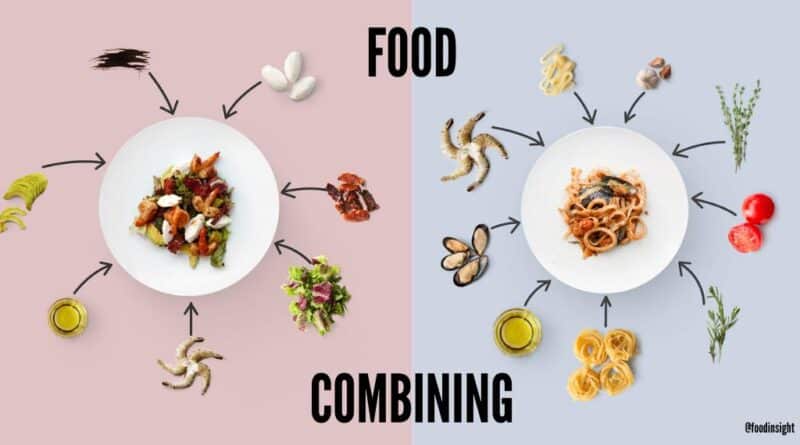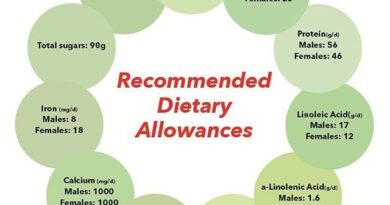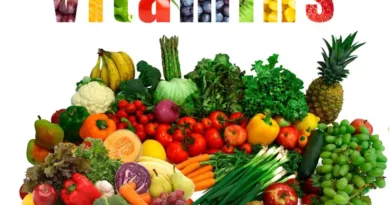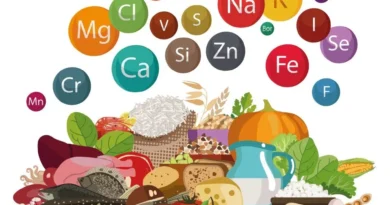Benefits of Food Combining
The observance of rules of food combining is neither faddish nor eccentric. It is a simple, scientifically-based system of selecting foods, from among many different types, which are compatible. This facilitates easy and efficient digestion and ensures after meal comfort.
Digestion of Food
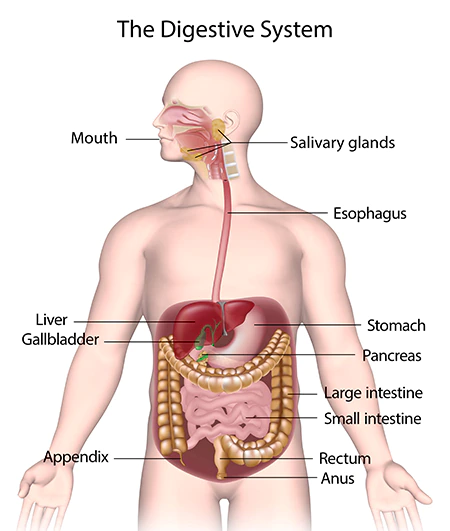
Digestion is not merely a chemical or physical process, but also a physiological one. When food enters the body, it undergoes several changes before it is broken down into its constituent parts and assimilated. But no food can be assimilated by the system and used by various organs unless it has been first digested and then absorbed in the digestive system known as the alimentary canal, while the residue, unfit for absorption is eliminated from the system.
The chemical part of the digestion is accomplished by a series of juices and their enzymes. The juices alternate between alkalines and acids, and their character is determined by the requirement of the enzymes they contain. These enzymes remain active in suitable media of well defined acid-alkaline ranges and are destroyed in unsuitable media.
For instance, the salivary amylase (ptyalin) or starch-spitting enzyme of the mouth is active only in an alkaline medium and is destroyed by a mild acid. The gastric enzyme, pepsin, which initiates protein digestion, is active only in the acid medium and is destroyed by alkalies.
A noteworthy feature of the digestive secretions is that the body suits its fluids and enzymes to the character of the food eaten. There are, however severe limitations in this process. It is possible to suit the juices to a particular food, however, complex it may be, but not a variety of foods taken together. It is the combining of many varieties and incompatible foods at a meal that causes 90 per cent of digestive disorders.
There is a marked tendency to gastro-intestinal fermentation with certain combinations of foods. There is no fermentation and digestion will be much more satisfactory when the foods comprising a meal are of the same type. This generally means eating similar foods at one time in order to accomplish the most complete digestion.
Rule of Combining Foods
The most important rule of combining foods is to avoid mixing protein and carbohydrate concentrated foods. Although every food contains some protein, those regarded as protein concentrated foods demand the longest digestive time. They are held in the stomach for some hours until the gastric juice has performed its task. This may vary from two and a half to six hours, depending upon the complexity of the protein in the food. If a protein food is mixed with starch-concentrated or sugar-concentrated foods, it will usually result in fermentation. This may lead to indigestion and gas in the stomach.
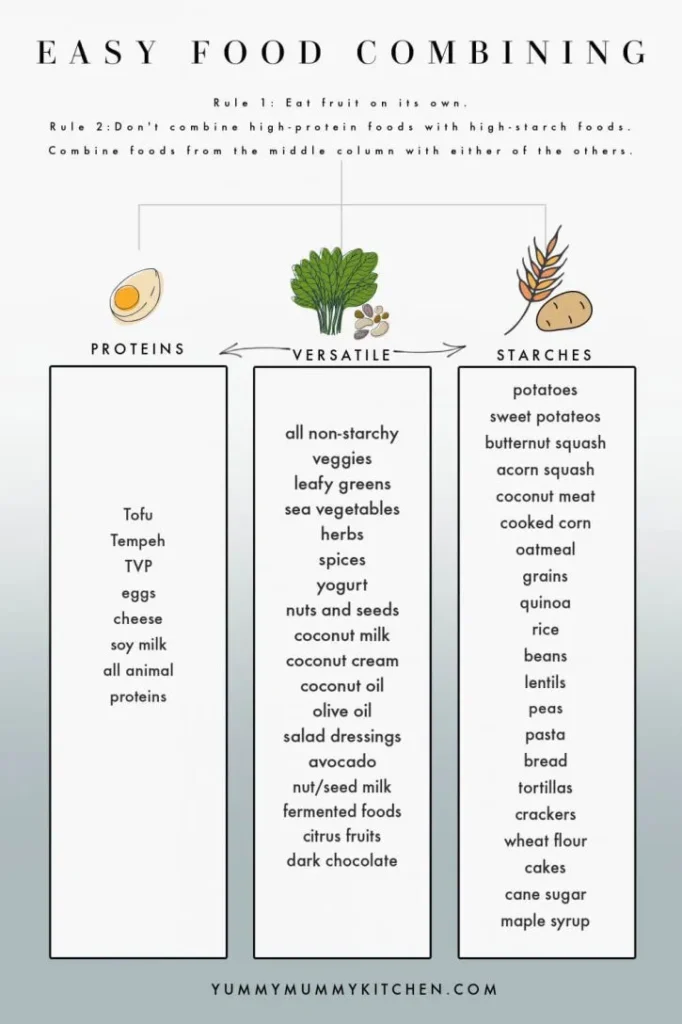
Animal-food proteins such as meats, fish and cheese, require very high concentration of hydrochloric acid. Their gastric digestion will be greatly inhibited by carbohydrate fermentation in the stomach. This will produce more gas and increased discomfort. Eating meat, potatoes, bread and sweets should, therefore, be especially avoided.
Protein foods are best digested when eaten with fresh vegetable salad. Primary protein foods such as nuts, seeds and soyabeans also combine very well with acid fruits like oranges, pineapple, grapefruit and lemons, and fairly well with sub-acid fruits, like grapes, pears, apples, berries, apricots and peaches. These vegetables and fruits are rich natural sources of vitamin C which aids protein digestion.
The second important rule for food combining is to avoid mixing proteins and fats at the same meal. Fat in foods inhibit the secretion of gastric juice through the small wall. Thus when fat-concentrated foods are taken with protein foods, gastric catabolism will decrease by the degree of lipid concentration in the stomach. Fat will remain undigested in the stomach until gastric juices complete their work on the complex protein molecules.
Although all primary protein foods contain high concentration of fat, such lipids will be held in suspension, awaiting catabolism in the intestine, without impeding gastric action. Free fats like oil, butter and milk tend to coat the gastric mucosa, thereby inhibiting its effort to secrete gastric juice. Fat surrounding fried foods is also regarded as free fat and it interferes with gastric catabolism.
Another important rule for food combining is to avoid mixing carbohydrates and acid fruits in the same meal. The starch-splitting enzyme ptyalin in the saliva plays an important role as the food is chewed. It converts the complex starch molecules into simpler sugars. Ptyalin requires a neutral or slightly alkaline medium for proper functioning and this is the normal condition of the saliva in the mouth. However, when acid foods are taken, the action of ptyalin is halted. It is, therefore, necessary to avoid acid fruits in the same meal as sweet fruits or starches. Thus tomatoes should not be eaten with starches especially potatoes or bread.
Refined sugar products are also acidic, both in the mouth and in the bloodstream. The acidifying of the saliva by sucrose is one of the main causes of tooth decay. It can also cause severe damage to the digestion.
Food combining is designed to facilitate easier digestion. In a nutshell, starches, fats, green vegetables and sugars may be eaten together as they require either an alkaline or neutral medium for their digestion. Similarly, proteins, green vegetables and acid fruits may be eaten together as they require an acid or neutral medium for their digestion. But starches and proteins, fats and proteins and starches and acid fruits should not be eaten together as a general rule, if the best results are required from the indigestion of the food eaten. This in brief is the whole basis for successful food combination.
An important point to remember about meals is that the smaller the number of courses they consist of, the better it will be. They should approximate to a one-course meal as much as possible. Simple meals in every way are more conducive to health, than more elaborate ones, no matter how well they may be combined.
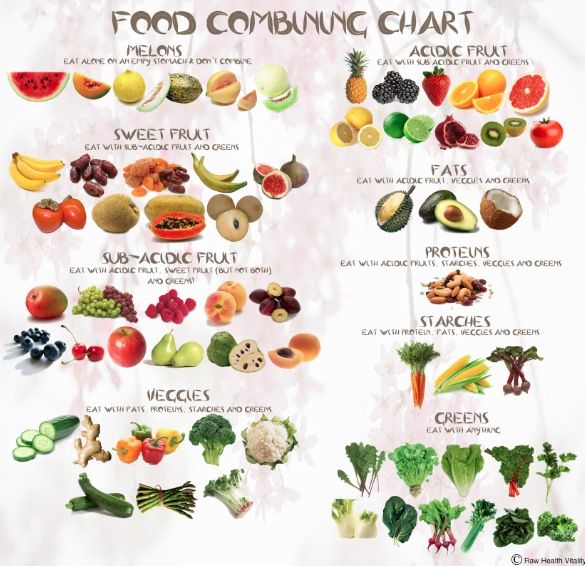
A meal consisting of proteins, carbohydrates and fats may remain in the stomach for six to seven hours before the stomach is emptied. If carbohydrates are eaten without proteins, they remain in the stomach for a relatively short period. A fruit meal remains in the stomach for even shorter time. It is advisable to eat these different foods at different meals – a fruit meal, a starch meal and a protein meal. The ideal practice is a fruit meal for breakfast, a starch meal with salad and non starchy vegetables for lunch, and a protein meal with a salad and non-starchy vegetables for dinner.
| Food Groups | Proteins | Fats | Starches | Vegetables | Sweet Fruits | Sub-acid Fruits | Acid Fruits |
| Proteins | Good | Poor | Poor | Good | Poor | Fair | Good |
| Fats | Poor | Good | Fair | Good | Fair | Fair | Fair |
| Starches | Poor | Fair | Good | Good | Fair | Fair | Poor |
| Vegetables | Good | Good | Good | Good | Poor | Poor | Poor |
| Sweet Fruits | Poor | Fair | Fair | Poor | Good | Good | Poor |
| Sub-acid Fruits | Fair | Fair | Fair | Poor | Good | Good | Good |
| Acid Fruits | Good | Fair | Poor | Poor | Poor | Good | Good |

